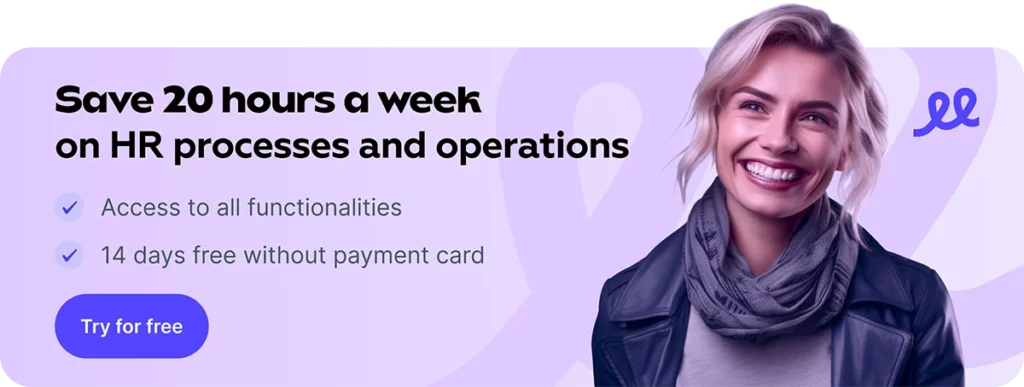Kurzarbeit
What Is Kurzarbeit
Kurzarbeit is an employee support system that allows employers to retain their existing workforce during economic crises. In situations where demand for goods or services declines, employers can reduce working hours while receiving financial support from the state to cover part of employees’ wages.
Kurzarbeit protects workers from being laid off, as employers do not need to terminate their employment entirely. Employees typically work reduced hours, which can be decreased by up to 100%. This creates a situation where employees receive wages for the hours worked and partial compensation from the state.
The conditions for Kurzarbeit vary depending on the legislation of individual countries but generally include:
- Approval: Employers must obtain the consent of all involved parties.
- Demand: A demonstrable decrease in demand or production is required.
- Financial Support: The state provides compensation to cover employees’ lost wages.
Kurzarbeit serves as an effective tool for combating unemployment and stabilizing the labor market during challenging times.
Key Principles of Kurzarbeit
Kurzarbeit includes key principles that enable employers and employees to effectively navigate economic difficulties. This system is not only financial support but also a strategic tool for maintaining a stable labor market.
Application of Kurzarbeit
Kurzarbeit is utilized in situations where companies face a significant drop in demand or production. This tool is commonly used during economic recessions, seasonal fluctuations, or crises. Companies reduce employees’ working hours and, in return, receive state compensation. This approach minimizes costs while retaining a skilled workforce for the future.
It is also common for employees to benefit from short-term training or skill development during reduced working hours.
Advantages and Disadvantages
Advantages of Kurzarbeit:
- Increased protection for employees against job loss.
- Reduced financial burden for employers during tough times.
- Retention of employment relationships and a return on investment in human resource development.
- State support compensates for part of the lost income.
Disadvantages of Kurzarbeit:
- Reduced income for employees, which may negatively affect their motivation.
- Complex administrative processes in setting up Kurzarbeit.
- Long-term reliance on state support, potentially jeopardizing companies’ financial stability if the situation does not improve.
Kurzarbeit is thus a powerful tool that helps employers and employees cope with difficult labor market conditions.
Legal Framework for Kurzarbeit
Kurzarbeit is based on specific legislation that defines its conditions and operation. Each country has its own legal provisions that differ in details, although the general principles remain similar.
Legislation and Conditions
The basic legislation for Kurzarbeit usually focuses on the conditions employers must meet to use the system. Employers must demonstrate a decline in demand for production or services, leading to a temporary reduction in working hours. Additionally, it is necessary for all parties—employers, employees, and potentially unions—to agree on the terms. State compensation is then provided based on established criteria, which may include a percentage of employees’ average wages.
Application Process for Kurzarbeit
Applying for Kurzarbeit involves several steps that employers must follow. The first step is submitting a formal application to the relevant authority, providing evidence for the reduction in working hours. Once the application is approved, employers coordinate conditions with employee representatives and inform workers of the new work regime. Regular reporting of hours worked and disbursement of state compensation based on agreed terms ensure transparency and fairness for all parties involved.
Examples of Kurzarbeit
Kurzarbeit has been successfully implemented in many countries, including the Czech Republic. This system helps businesses maintain employment and stabilize the economy during crises.
Successful Implementations in the Czech Republic
A notable example of Kurzarbeit in the Czech Republic occurred during the COVID-19 pandemic. Companies like the automaker Škoda Auto reduced working hours to protect employees from layoffs. The state provided compensation to cover a portion of wages, enabling businesses to survive tough times. Additional examples include small and medium-sized enterprises that retained their workforce and ensured stability through Kurzarbeit.
International Experiences
International experiences demonstrate the effectiveness of Kurzarbeit in stabilizing economies. For instance, in Germany, companies like Siemens used this system to safeguard employees and maintain production capacity during various crises. Similarly, in Austria, many businesses benefited from Kurzarbeit when faced with declining demand. These countries have shown that Kurzarbeit can be an effective tool for labor market stabilization and employee protection.
Conclusion
Kurzarbeit is an effective solution for both employers and employees during challenging economic times. It allows companies to retain employees and minimize layoffs, while workers can partially maintain their income. This system not only protects jobs but also contributes to labor market stability.
With state support, employers can address reduced demand while avoiding the complexities of mass layoffs. Kurzarbeit has proven to be a vital tool in combating unemployment, with successful implementations across various countries highlighting its benefits. During uncertain times, Kurzarbeit can serve as a pathway to preserving employment relationships and ensuring economic stability.
We are here for you
Can we help you?
Our experts will answer questions, show you Sloneek , and help modernize your HR.
- Superior onboarding
- Introduction of all functionalities
- Presentation and offer tailored to your HR
- Answer any questions







